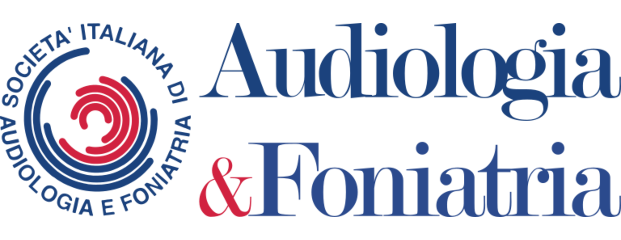At the dawn of the nineteenth century, Ludwig van Beethoven was at the height of his success, as both a piano virtuoso and a composer. Beethoven become aware of a progressive hearing impairment probably around 1796-1798, which started probably as a sudden hearing loss in the left ear, with tinnitus, following a typhoid fever-like episode. In the following years, the hearing loss become bilateral and worsened to a profound degree. By 1815, due to his hearing loss, he could no longer perform on the piano, his social activity turned into isolation, and he started experiencing depression episodes. Several causes have been proposed, including otosclerosis, Paget’s disease, syphilis, lead intoxication and autoimmune diseases, none of them could be definitely proven. During his illness, he also attempted rehabilitation strategies, including ear trumpets and the so-called Gehörmaschine. Beethoven’s late works have been rising interest and curiosity in critics and musicians since the time they were written. They are characterized by dramatic contrasts of character, style, meter and tempo, and they explore a novel concept of compositive continuity in binding themes and movements to one each other. Regarding the impact of deafness on his compositions, a clear border between the mere consequences of a hearing impairment and the artistic evolution of a great composer cannnot be defined. However, it may be rational to consider that the impossibility to hear his compositions may have allowed him to disregard the musical conventions of his time and to find a truly personal and innovative way of expression.
Music from deafness: what can a clinician learn from Beethoven’s late works?
Abstract
Keywords
Download
Franz L., Sorrentino F., Brotto D., Bovo R. (2021) "Music from deafness: what can a clinician learn from Beethoven’s late works?
" Audiologia e Foniatria, 6(1), 41-47. DOI: 10.14658/pupj-IJAP-2021-1-9
Year of Publication
2021
Journal
Audiologia e Foniatria
Volume
6
Issue Number
1
Start Page
41
Last Page
47
Date Published
07/2021
ISSN Number
2431-7008
Serial Article Number
9
DOI
10.14658/pupj-IJAP-2021-1-9
Section
Articles

 © 2025 Padova University Press - Università degli Studi di Padova
© 2025 Padova University Press - Università degli Studi di Padova